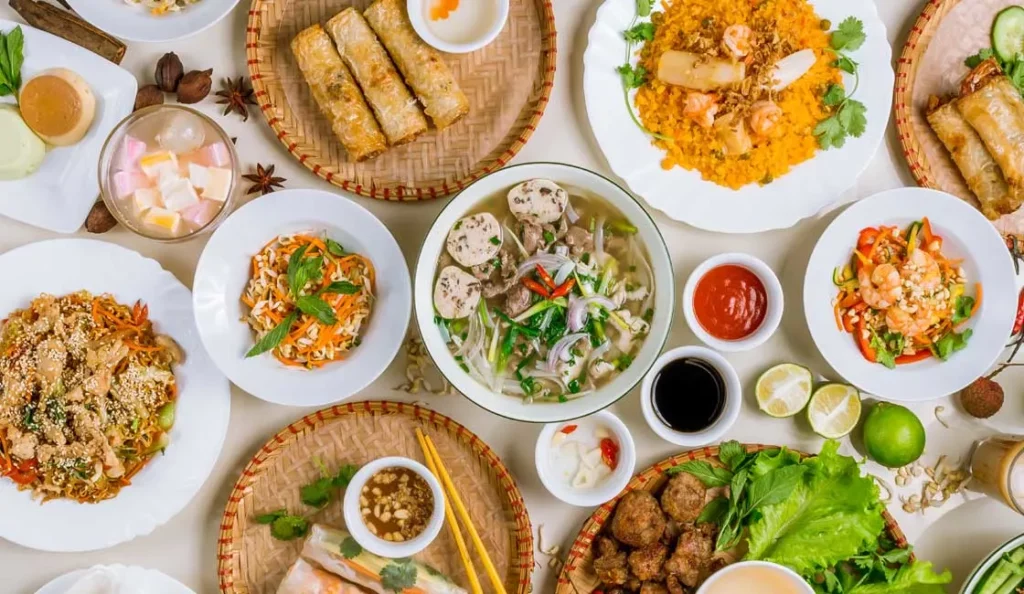Vietnamese cuisine is more than just food – it’s a reflection of the country’s history, geography, and cultural identity. From fragrant street food stalls in Hanoi to fresh home-cooked meals in the Mekong Delta, Vietnam offers a diverse and flavorful culinary experience that appeals to all senses.
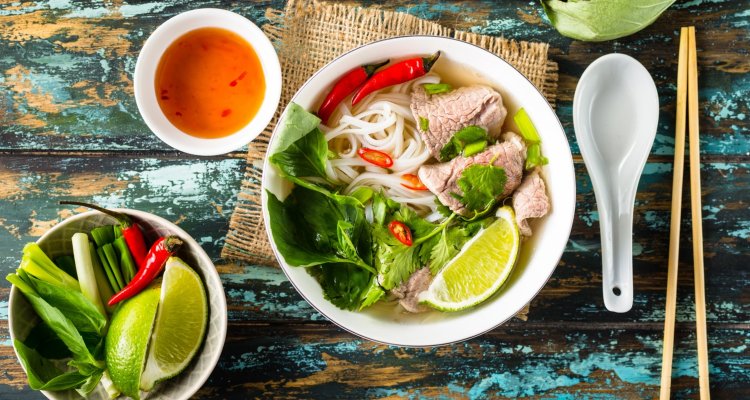
In this blog, we’ll explore what makes Vietnamese cuisine so unique, from traditional Vietnamese food to healthy Vietnamese dishes, and uncover why it’s celebrated around the world.
The Foundations of Vietnamese Cuisine
At the heart of Vietnamese cuisine is the idea of balance – between flavors, textures, and ingredients. Each dish is carefully crafted to balance five fundamental taste elements: sweet, salty, sour, bitter, and spicy.
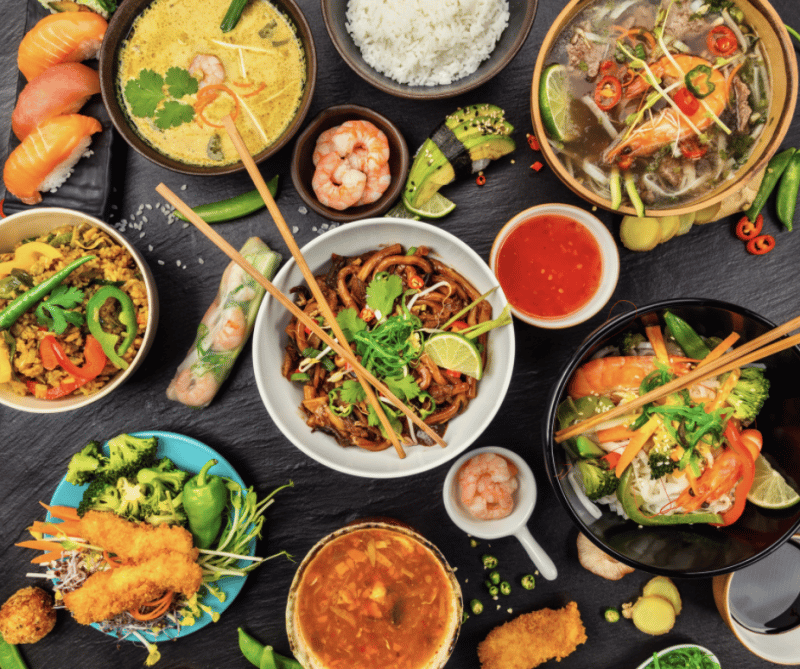
A typical Vietnamese meal often includes:
-
Rice or noodles as a staple
-
A protein (meat, tofu, or seafood)
-
Fresh herbs and vegetables
-
A dipping sauce, usually based on nuoc mam (fish sauce)
What makes authentic Vietnamese cuisine stand out is the lightness of ingredients and the use of fresh produce. The cuisine avoids heavy use of oil or dairy, making it one of the healthiest in Asia.
Traditional Vietnamese Food You Must Try
When it comes to traditional Vietnamese food, these iconic dishes define the culinary identity of the country:
1. Phở (Beef or Chicken Noodle Soup)
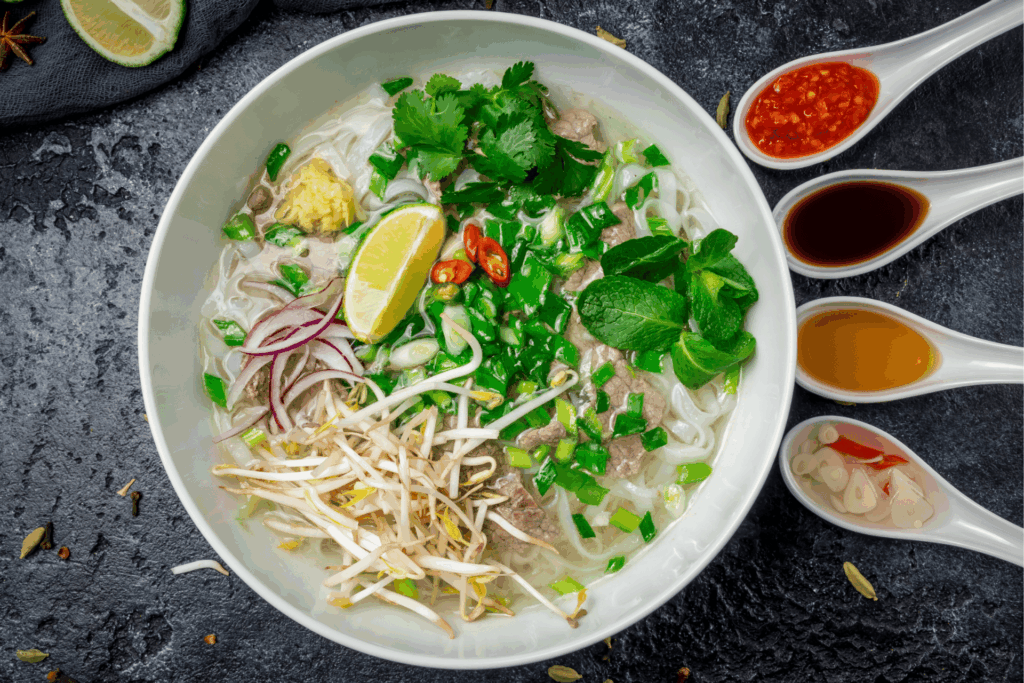
Perhaps Vietnam’s most famous dish, phở features a light, aromatic broth with rice noodles, herbs, and thinly sliced beef or chicken. It’s a must-have for breakfast in Hanoi or Ho Chi Minh City.
2. Bánh Mì (Vietnamese Sandwich)
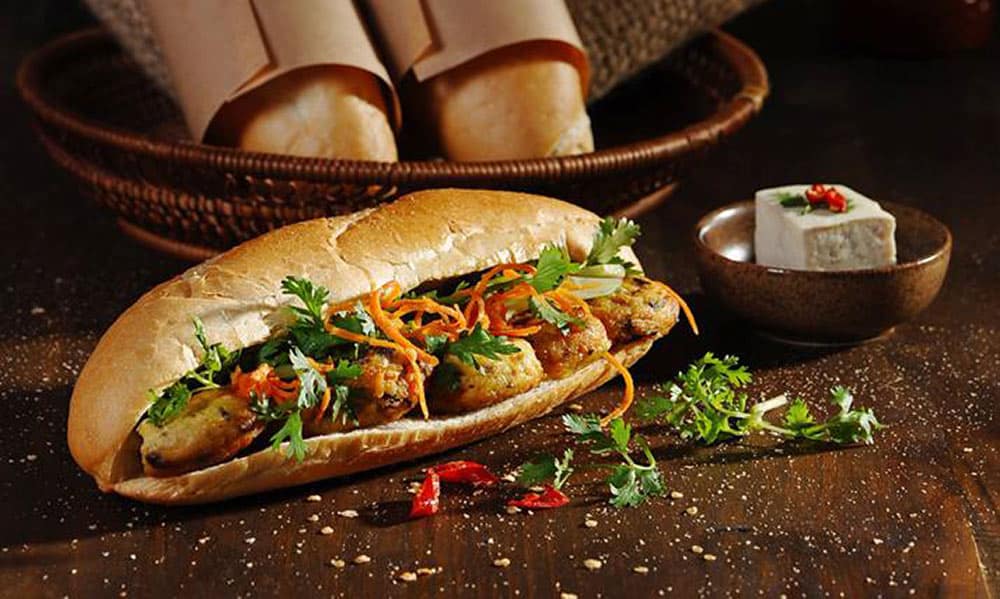
A fusion of French and Vietnamese influences, bánh mì is a crispy baguette filled with pork, pâté, pickled vegetables, and herbs. It’s a perfect example of Vietnam’s colonial culinary legacy.
3. Gỏi Cuốn (Fresh Spring Rolls)

Also known as Vietnamese salad rolls, these are packed with shrimp, herbs, vermicelli, and wrapped in rice paper. Served with a tangy peanut or hoisin sauce, they’re a healthy favorite.
4. Bún Chả
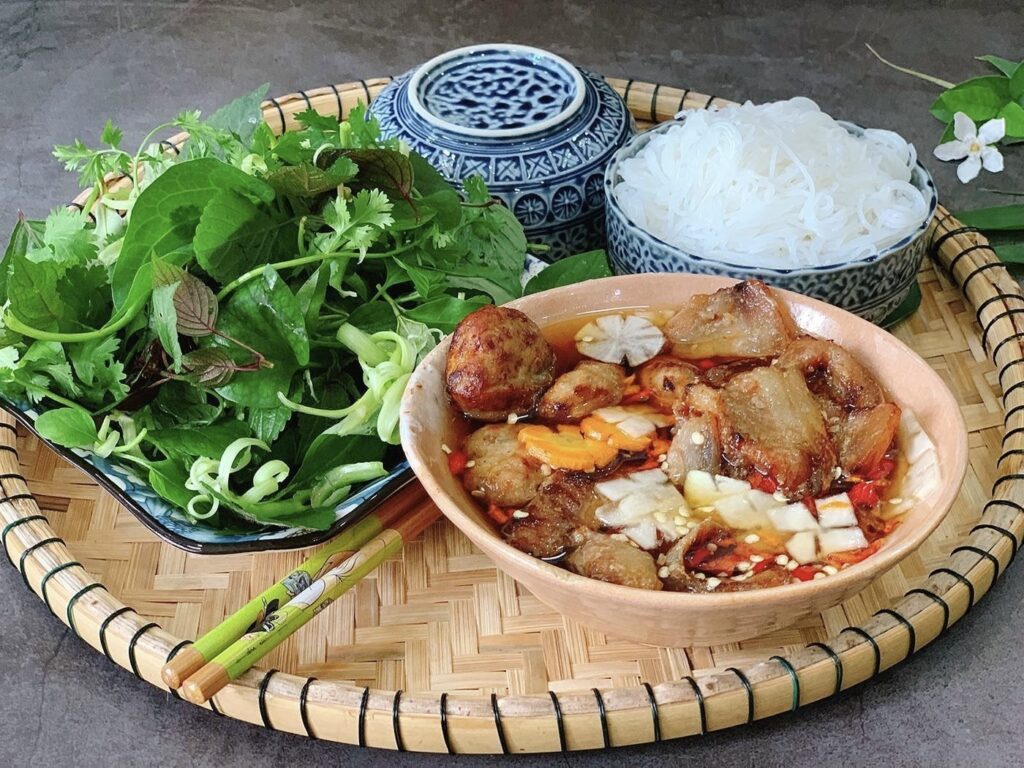
A Hanoi specialty, bún chả includes grilled pork served with cold vermicelli noodles, fresh herbs, and a bowl of savory fish sauce broth for dipping.
These Vietnamese dishes are deeply rooted in history, each with regional variations across the country.
Read more: Where to Eat Vietnamese Food in Hanoi: A Complete Guide for Asian Travelers
Street Food Culture in Vietnam
Vietnam’s street food scene is a paradise for food lovers. Whether you’re wandering through Saigon’s Ben Thanh Market or strolling the Old Quarter in Hanoi, you’ll encounter sizzling pans, fragrant soups, and colorful food carts on every corner.
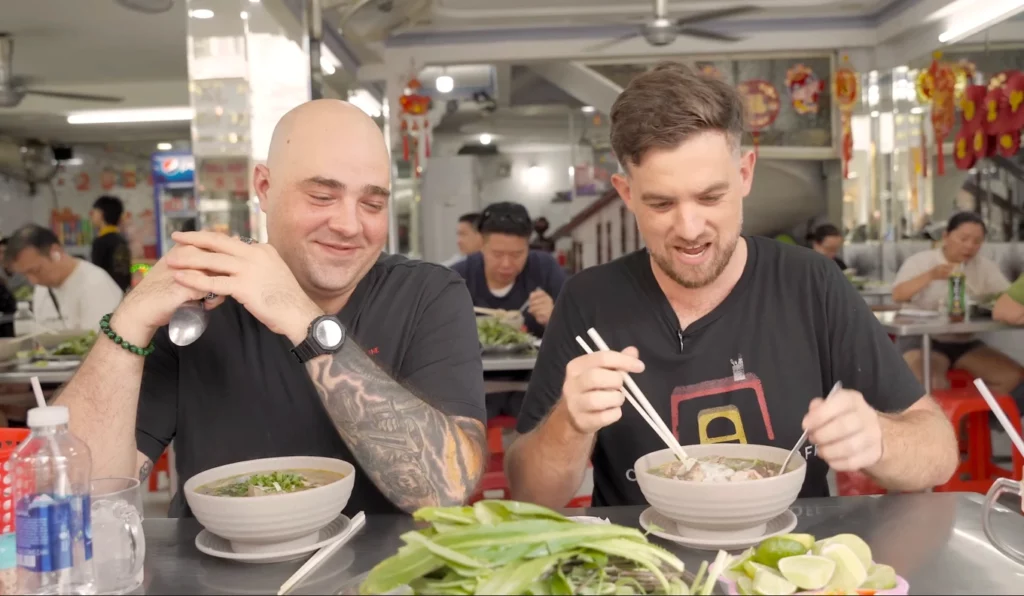
Vietnamese street food is not just delicious – it’s an essential part of everyday life. Dishes are made fresh and served fast, often eaten on tiny plastic stools by the roadside.
Popular street food items include:
-
Bánh Xèo (crispy pancakes)
-
Bò Bía (spring rolls with sausage and jicama)
-
Chè (Vietnamese sweet dessert soups)
-
Ốc luộc (boiled snails with lemongrass)
Street food in Vietnam offers an affordable and authentic taste of the country’s culinary soul.
Healthy Vietnamese Food and Ingredients
One of the reasons Vietnamese cuisine is gaining popularity globally is because of its health benefits. Many dishes are naturally gluten-free, low in fat, and packed with nutrients.
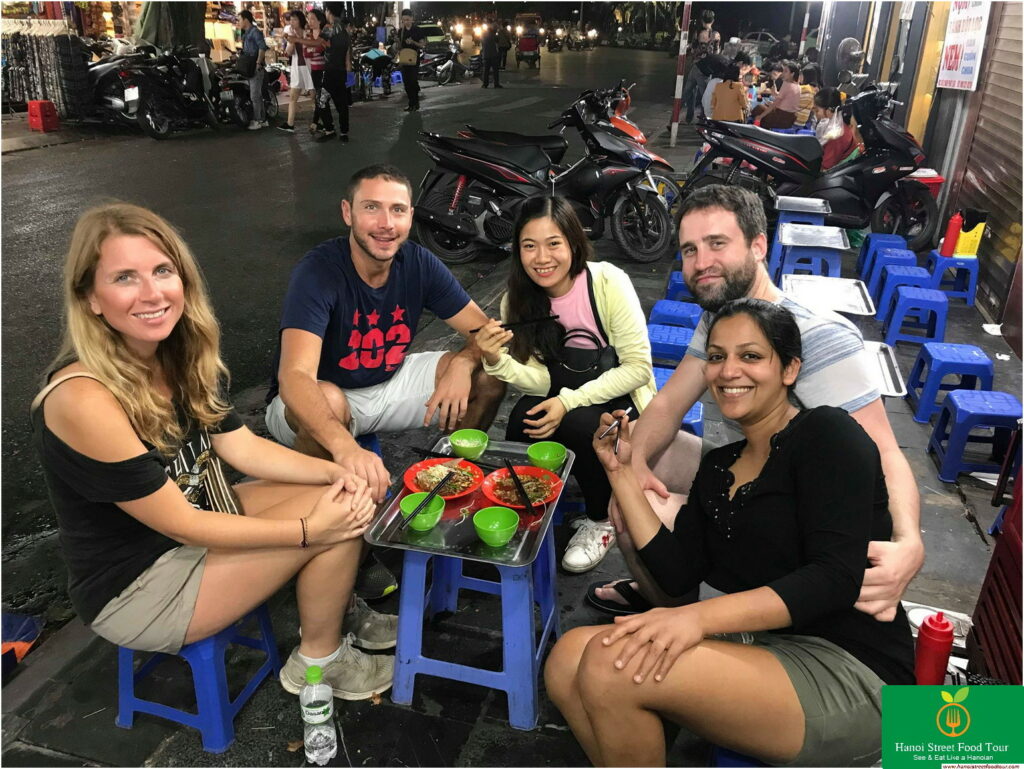
Key elements that make healthy Vietnamese food:
-
Fresh herbs: mint, basil, coriander, perilla
-
Raw vegetables: lettuce, bean sprouts, cucumbers
-
Steamed or grilled proteins
-
Minimal oil and sugar usage
The generous use of Vietnamese herbs not only enhances flavor but also supports digestion and immunity. For example, ginger and lemongrass are used widely for their anti-inflammatory properties.
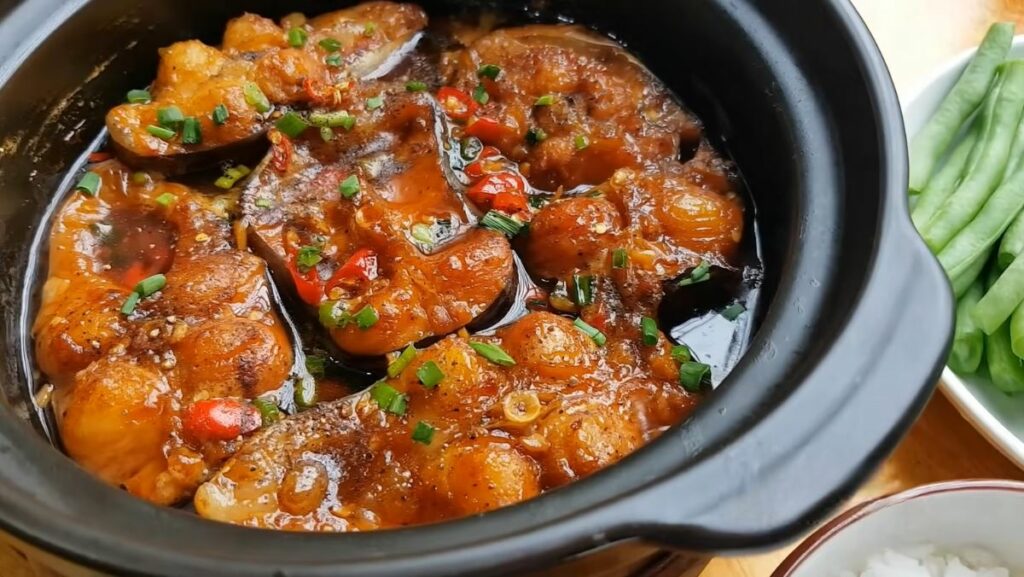
Popular healthy dishes include:
-
Cá Kho Tộ (braised fish in clay pot)
-
Bún Riêu (tomato crab noodle soup)
-
Canh Chua (sour tamarind soup with fish and pineapple)
Regional Diversity in Vietnamese Cuisine
Vietnam’s long, narrow shape results in three major culinary regions: North, Central, and South – each with distinct Vietnamese cooking styles.
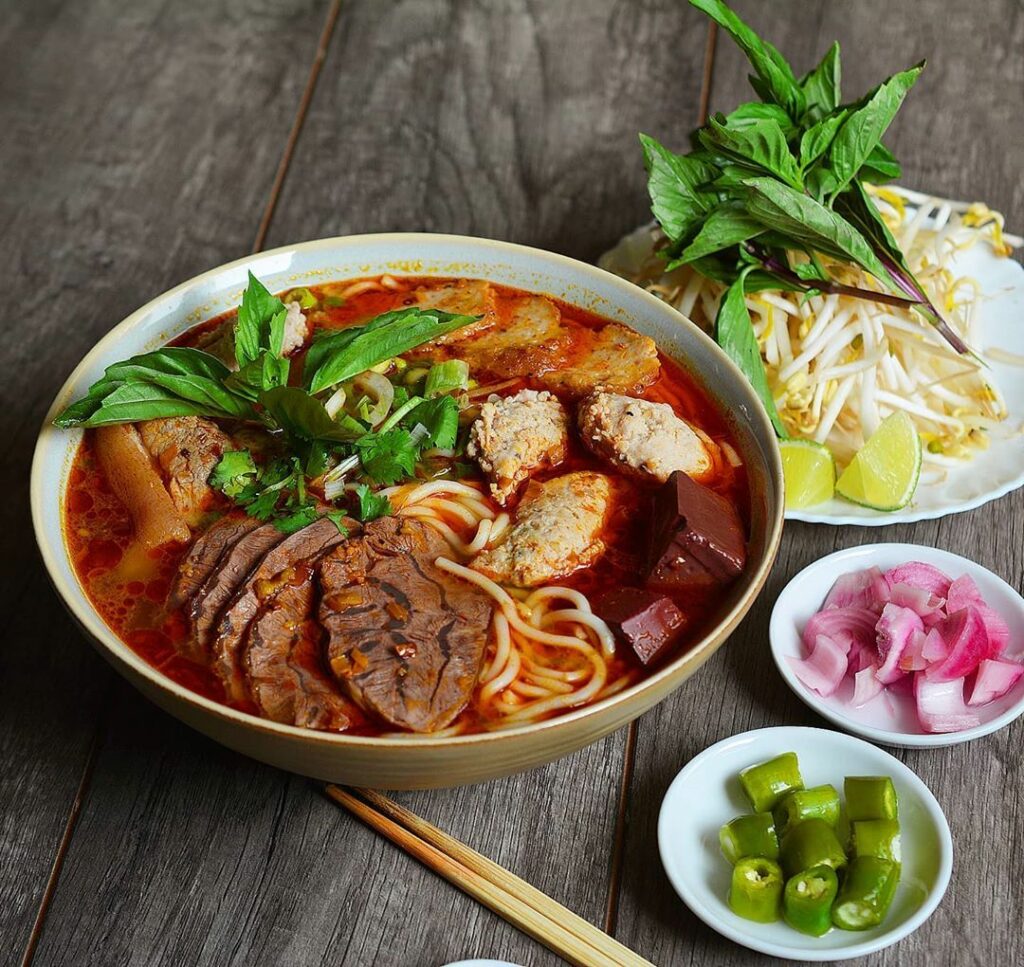
-
Northern Vietnam: Delicate, light seasoning, like in phở or bún thang.
-
Central Vietnam: Bold, spicy, and complex – try mì Quảng or bún bò Huế.
-
Southern Vietnam: Sweeter dishes with coconut milk and tropical fruits. Popular meals include cơm tấm (broken rice) and hủ tiếu (noodle soup).
Understanding regional variations helps travelers appreciate the diversity and richness of Vietnamese food culture.
Why Vietnamese Cuisine Is Loved Worldwide
Today, Vietnamese cuisine is celebrated globally for its balance, health benefits, and unique flavors. It has gained international recognition through food shows, restaurants abroad, and glowing reviews on platforms like Reddit and TripAdvisor.
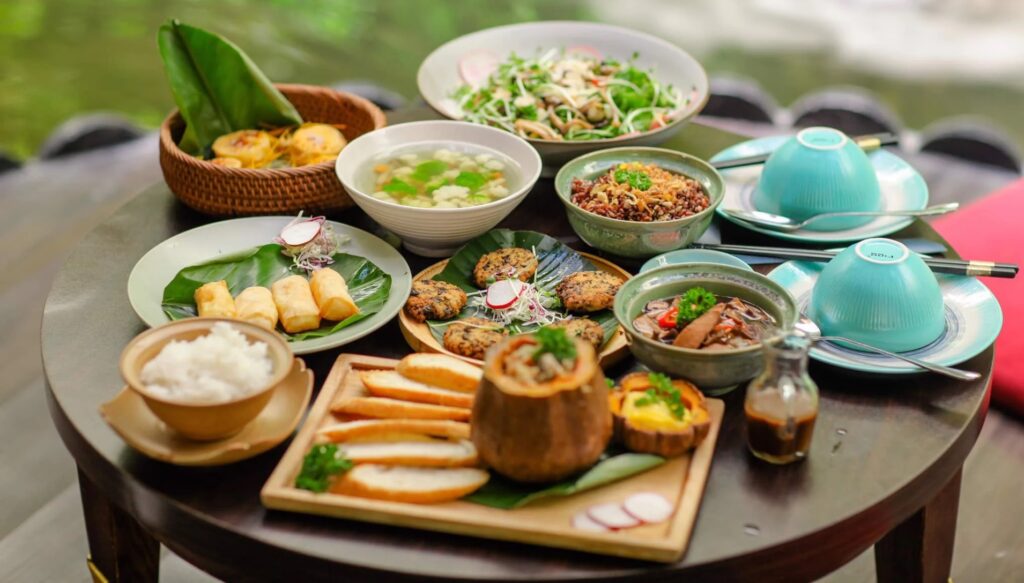
Many travelers leave Vietnam raving about the food experience more than any landmark – from slurping phở in a quiet alley to taking a cooking class with a local chef.
Whether you’re a first-time visitor or a returning food lover, Vietnamese cuisine offers something new and unforgettable each time.
Conclusion: Taste the Real Vietnam
From traditional Vietnamese food to vibrant street food and light, healthy dishes, Vietnamese cuisine is a culinary journey like no other. With its fresh ingredients, unique flavor balance, and rich cultural roots, it’s no surprise that Vietnamese food is loved by millions around the world.
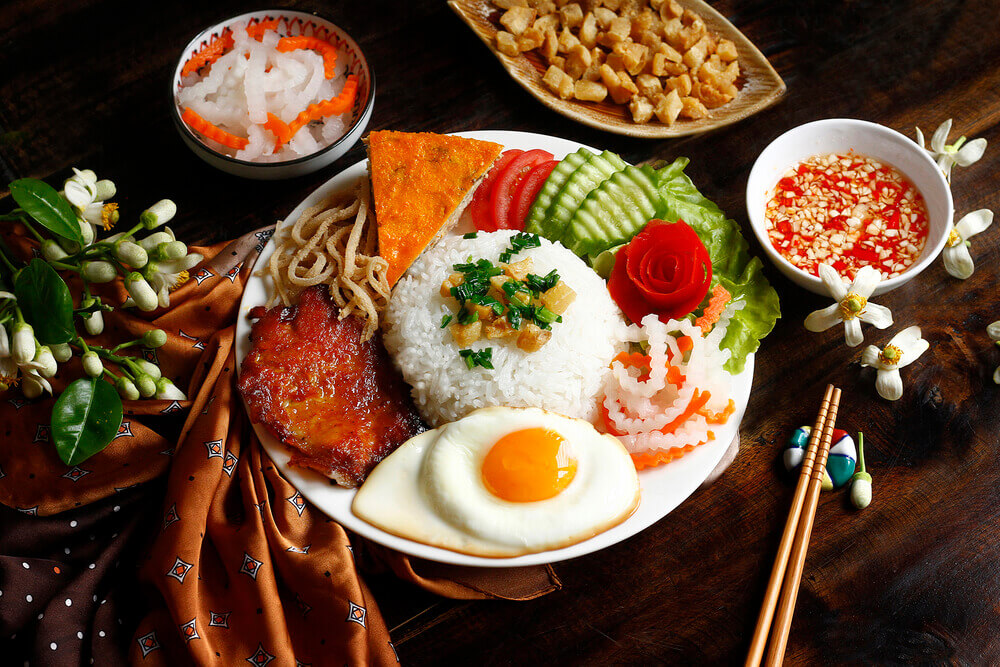
Ready to explore the best of Vietnamese cuisine? Don’t miss out on trying a cooking class or street food tour during your next Vietnam trip — your taste buds will thank you!
Read more:
Why Is Vietnamese Food So Healthy? Discover the Secret Behind Vietnam’s Nutritious Cuisine
Vietnamese Food Guide: What to Eat in Vietnam for First-Time Visitors
Vietnamese Culture: What Tourists Should Know Before Visiting




